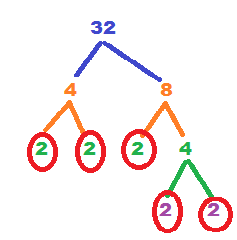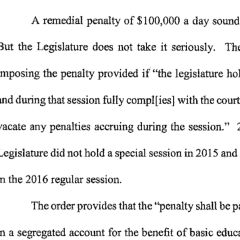Growing up my sisters and I would play “imagination”, pretending we were orphans lost at sea (this meant swinging from our hammock in the yard), fighting dragons across dangerous moats (jumping from rock to rock) or even playing market (hey, I blame my imagination on my voracious reading habits!). What I could never have imagined was growing up to marry an amazing man who’d later be recognized for his achievements in the classroom, specifically being named the 2016 Washington State Teacher of the Year (WA STOY for short) and one of four finalists for National Teacher of the Year.
Many people are confused about these titles or what they entail, but I’ll tell you this much–the selection process is rigorous and the responsibilities overwhelming. You must represent your students, your school, your state, AND your profession, while staying true to your values. You must figure out how to say “no”. You must say “yes” more than you really want to. You must write sub plans at 4:30 in the morning before you catch a flight across the country to speak truth to power.
As both a teaching colleague and wife, I have a unique view of the madness. It’s like watching your favorite indie musician finally get recognized and then accidentally volunteering to be half-time roadie/half-time backup singer for a year–or however long the tour lasts. Although we are seven months into the tour, there is still a long, unknown road ahead. I’ve been to DC three times, Aspen, and am now headed to Chicago (no, my trips aren’t paid for but I intentionally drive a KIA and have no children or pets).
I decided I should share a few of the lessons I’ve learned from this vantage point.
1. Don’t be afraid to speak truth.
- My STOY doesn’t say what he doesn’t mean–it’s annoying at times, however, it’s one of the qualities I admire most. This has led to both adoration and criticism by those around him, but he continues to hold firm to the values ingrained in him by his faith, family, and community.
- When I met the STOYs from other states, I was struck by the honesty and passion each person spoke with. They openly acknowledged the issues and challenges in their communities. They proudly shared the successes of their schools or state leaders. They spoke truth.
2. Learn to vet all opportunities against your values.
- How you spend your time and what you spend your time talking about communicates your values.
- Since the STOYs are now recognized voices in the profession, it’s easy for education groups to try to solicit them for speaking opportunities. My STOY carefully reads up on each organization or person that sends him an invite, and evaluates whether or not this will move the needle forward for our profession and our students.
- Some opportunities are just straight up AH-MAZING. Kick it at VP Biden’s house? Take a photo with Barack? Every STOY I talked to used their thirty seconds of one-on-one time with the President to bring up their students. Values.
3. Find your tribe.
- Teaching can sometimes feel like an isolating profession. You work hard in your classroom and in your school but it’s easy to put your head down and just grind. But isolation leads to burn out and we must find our tribes–it could be colleagues you are close to, like-minded people in an adjacent school district, or a Twitter friendship.
- If you have the opportunity to network, do it. Your tribe is bigger than you think–connect with the number of outstanding teachers across this country and you’ll feel rejuvenated.
Not only have the STOYs been incredibly inspiring but many of their partners are teachers or work in education as well. They carry with them a fire, the spirit of determination and a special love for their communities. I was delighted to swap stories about our communities over dinner. I think about the new “friends” I’ve made as the WA STOY backup singer (it’s even Facebook official!) and I feel lucky to share these experiences and be a part of the work that is happening across this country.
4. Remember why you are doing what you’re doing.
- It’s not all filet mignon and open-bars. There are hours and hours of emails, speech writing, phone calls, interviews, layovers, and plane rides. As I watch my own STOY and read through Facebook feeds, I will testify that these teacher-leaders are working their butts off. Somehow, despite the chaotic whirlwind of fame, they maintain their focus on their true love–students and teaching.
As my plane gets ready to descend into O’Hare airport, I’ll wrap up by saying I am proud of my WA State Teacher and the other STOYs across this country who are doing the work. And a special SHOUT-OUT to all the backup singers and roadies offering their support!

 Wednesday was the last day of my thirty-second year teaching. Besides a flurry of part-time teenage jobs, I’ve never really done anything else and I honestly can’t imagine a different career.
Wednesday was the last day of my thirty-second year teaching. Besides a flurry of part-time teenage jobs, I’ve never really done anything else and I honestly can’t imagine a different career.


